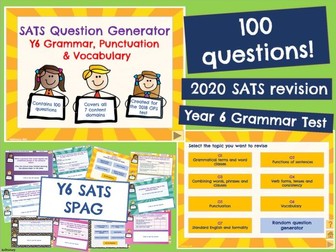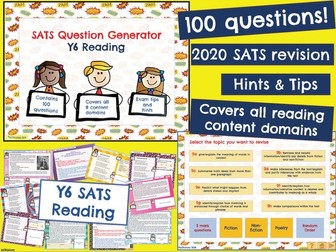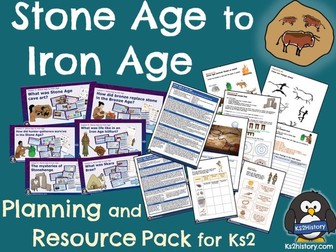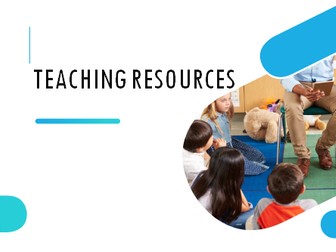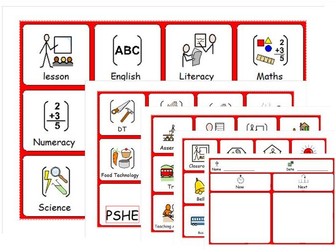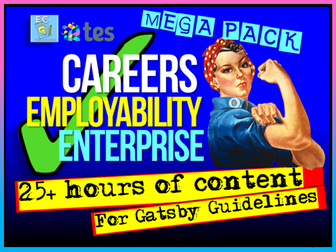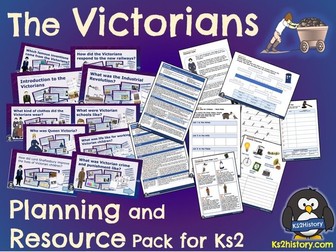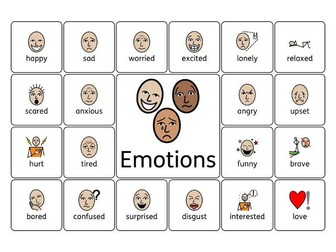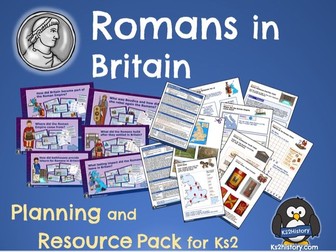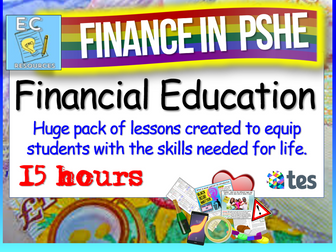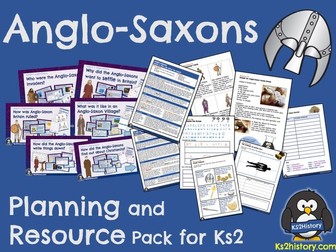
Y6 SATS: SPAG Revision
SATS 2020 - 100 SPAG questions organised by topic to revise for the KS2 tests. This is a helpful revision tool for the Y6 SPAG test. The tool can be used all year round to prepare students for the requirements of the 2020 SATS or as a last minute revision activity.
Get ready for the 2020 KS2 grammar assessments with this SATS Question Generator! Covering all of the grammar content domains, you can use this SATS revision resource to practise the different types of questions that might come up in the grammar paper.
Select one of the following modes:
- Choose a particular grammar domain or topic to revise
- Random mode, giving you a mixture of all types of questions
The SATs revision resource is perfect for teachers to use as morning work, lesson starters or revision sessions or alternatively for pupils to practise independently at school or at home. Each slide contains a new question in the style of the SATS GPS test paper and an answer to reveal. <
This is a must-have resource for Y6 pupils working towards their GPS SATS tests!
You might also like our similar resource: Y6 SATS Question Generator: Reading
#helpwithsats
